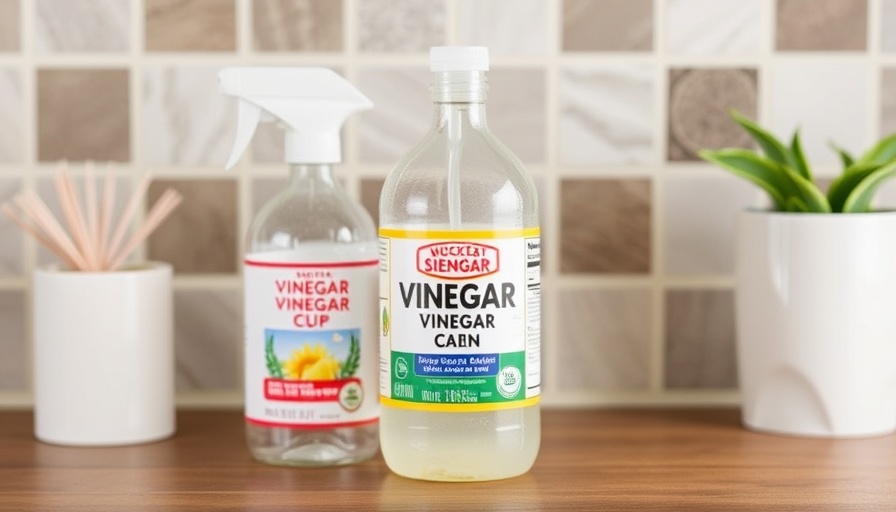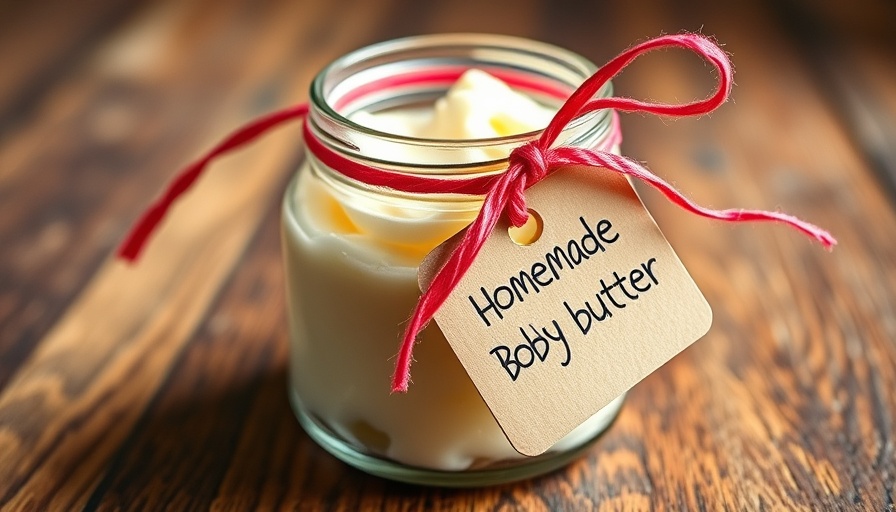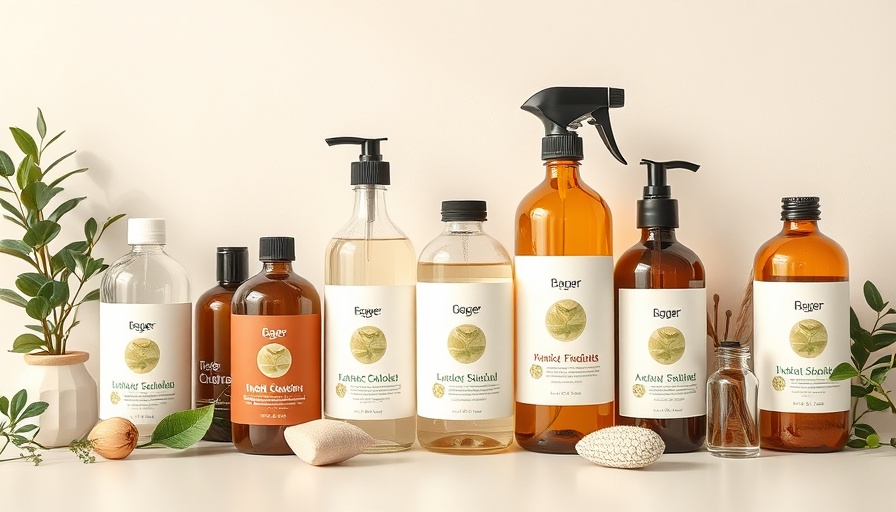
Why Homemade Baby Powder Is the Safer Choice for Your Baby
When we welcome a new baby into our lives, our instinct is to protect them from anything harmful. However, as revealed in recent studies, many baby products, including commercial baby powders, contain undesirable ingredients. The predominant ingredient used by major brands like Johnson & Johnson was talc, renowned for its risk of contamination with asbestos—a known carcinogen. Following thousands of lawsuits, brands have transitioned to talc-free products, but even those alternatives contain concerning chemicals.
Ingredients to Avoid in Commercial Baby Powders
Commercial baby powders often include fragrances associated with skin allergies and endocrine disruption. For example, benzyl salicylate, often found in powder form, poses immunotoxicity risks. This news underscores the importance of seeking safe products that won’t irritate your baby's sensitive skin. Thankfully, many natural alternatives exist.
A Simple DIY Recipe for Peace of Mind
Creating your own baby powder at home is an easy and cost-effective solution. Not only can you avoid harmful chemicals, but you gain the luxury of customization. For an effective and gentle homemade baby powder, consider using a base of arrowroot powder or non-GMO cornstarch, enhanced by soothing herbs such as chamomile and calendula. The essential oils of chamomile, tea tree, or lavender can be wonderful additions for their calming properties.
How to Make Your Own Baby Powder
The recipe is remarkably straightforward:
- Using a coffee grinder, finely powder 1 teaspoon of chamomile flowers (substituting with 2 drops of chamomile essential oil is also an option).
- Add 1 teaspoon of calendula flowers if desired.
- Combine this with ½ cup of arrowroot powder or cornstarch.
Store your mix in a shaker jar for easy application and keep a recipe card handy for gifting. Sharing a DIY baby powder as a gift showcases your care for both the parent and baby.
Motherhood and the Importance of Natural Products
This DIY approach reflects a broader trend in parenting that emphasizes health and well-being, fueling a demand for transparency in product ingredients. Parents today, more than ever, want to know what’s going on their child’s skin. By making homemade baby powder, you're not just ensuring a gentle experience for your baby, but you're also making a statement about the importance of safe and natural products.
The Future of Baby Products: Tapping Into Nature
As awareness of health risks from commercial products grows, many are turning to nature for solutions. The future of baby products is moving steadily towards more organic and transparent options. Innovations in natural skincare and home remedies are becoming more accessible. Even for parents who shop for commercial alternatives, the trend toward natural ingredients is clear.
Insights for New Parents: Staying Informed is Key
It’s empowering to be knowledgeable about the choices you make for your family. By exploring DIY products like baby powder, you can take charge of your baby’s wellbeing. Plus, it opens a dialogue about safety and health, encouraging parents to question more about what’s in the products they use. Empower yourself and your family by engaging in these crucial conversations.
Call to Action: Ready to experiment with your homemade baby powder? Gather your ingredients and get started on a journey toward safer parenting today!
 Add Row
Add Row  Add
Add 




Write A Comment